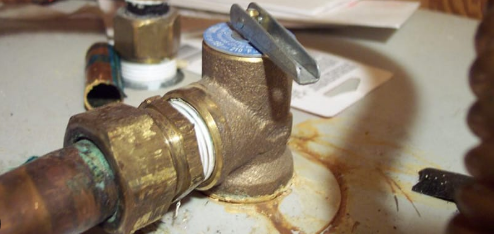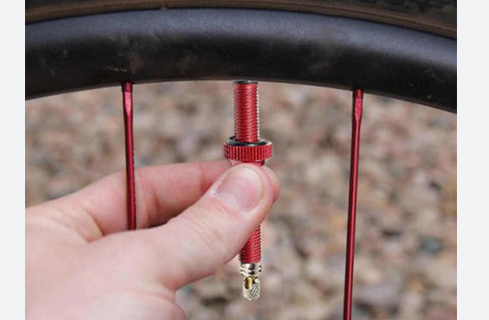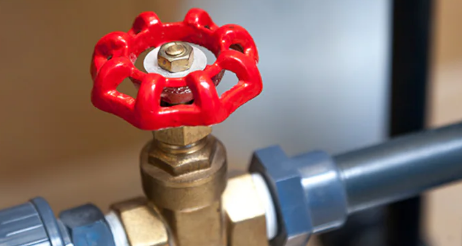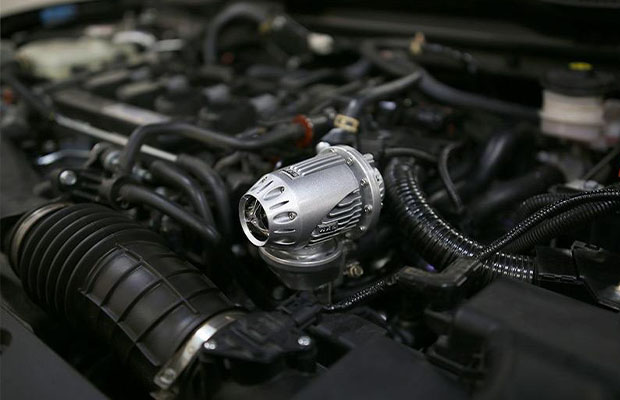
The first thing that comes to mind when thinking of blow-off valves is the loud whooshing noise, which is enough to make any car enthusiast’s heart race. We can explore our love for cars in part by looking at the noise as a key factor.
BOVs and turbochargers frequently work together because they not only keep your turbo safe but also keep it performing at its best. What does a blow-off valve do?
The sole purpose of a blow-off valve is to release extra turbo pressure that develops when the throttle is abruptly closed while the engine is under boost. This clarifies one of the frequently asked questions: a blow-off valve does need to be installed with a turbo! Otherwise, you’ll be stuck with a rather pricey paperweight.
Keep reading to learn more about blow-off valves, how they operate, and other topics.
Table of Contents
What Is A Turbo Blow-Off Valve?
Boost response enhancers between gear changes are what blow-off valves are marketed as. Their main purpose is to safeguard your dependable turbocharger from any harm that may result from shifting gears.
How do BOVs accomplish this, then? through the release of the surplus pressure created when the throttle is closed during boost conditions.
For instance, consider “turbo flutter” or compressor surge. This happens when you abruptly release the gas pedal, which causes the throttle plate to close.
Once the throttle plate is closed, a burst of boost is sent into the engine and then back into the turbo. The performance of your car could be severely hampered by this.
The wheel shaft may be under a lot of strain from the boost returning to the compressor wheel. But if you have a blow-off valve onboard, you can vent the surge to direct it away from the turbo.
In order to determine when the throttle is closed, BOVs use spring force and manifold pressure. Prior to switching back to the turbo and stalling the compressor wheel, it also offers a discharge for the compressed air charge.
Because it offers the best response in-between shifts, you’re likely to think that the plumb-back style is the best BOV system. In order to keep the compressor wheel spinning, it circulates waste air charge there.
Purpose Of Blow-Off Valve
When the throttle plate is closed, the pressure release valve known as a blow-off valve releases turbo pressure and boosts. When the throttle is closed, a wave of pressure will return to the turbocharger while it is still spinning and producing pressure. As a result, the compressor wheel stalls the “compressor surge” and rapidly slows it down.
This shortens the turbo’s lifespan, puts stress on the bearings, makes it take longer for the turbo compressor to spin up the next time the throttle opens and prevents the turbo from delivering maximum boost as quickly as it could.
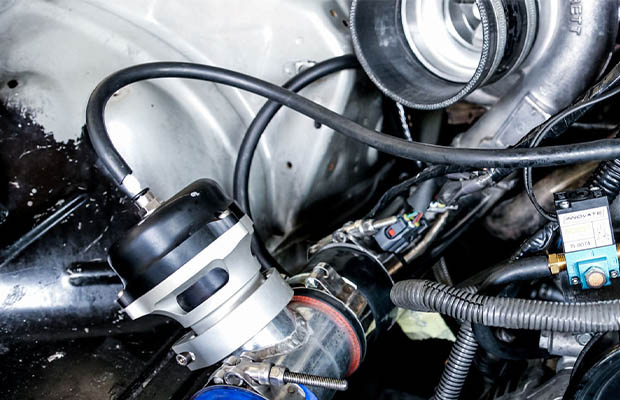
How Does Blow-Off Valve Work?
A vacuum hose on top of the valve is typically connected to the inlet manifold after the throttle body, with the pressure side of the valve attached to the pipe between the turbo and the throttle.
The valve is kept closed by a spring. When the throttle is opened, the pressure in the turbo piping and the inlet manifold equalizes, meaning that the pressure on either side of the valve equalizes and cancels itself out, leaving the spring holding the valve shut.
The turbo piping is under high pressure when you let up on the throttle, and the inlet manifold is vacuumed. Since it can no longer enter the engine, the pressure in the turbo piping is released as a result of the valve being lifted open by a combination of the vacuum at the top and the pressure at the bottom of the valve.
Different Types Of Blow-off Valve
Although there are many different blow-off valve models and types, they all have the same function.
Your transmission system and the lag during gear changes have a significant impact on your decision between vented units and hybrid units.
Vented
Vented BOVs are the simpler to install of the two. In addition to releasing air into the atmosphere, they also have a trumpet at the exit vent that hisses as they do so.
If you drive a manual, don’t be shocked if you encounter turbocharger lag when changing gears. It takes place as a result of traditional BOVs releasing pressure into the atmosphere. It makes sense now why some drivers refer to them as atmospheric blow-off valves.
Hybrid
Because vented BOVs have some drawbacks, manufacturers created hybrid BOVs to address those drawbacks. They accomplish this by venting a portion of the air into the atmosphere. The remainder is recirculated in the intake system.
Because they keep some of the pressure, hybrid BOVs reduce lag when you shift gears because the boost doesn’t start at zero. If your engine has a mass air flow sensor or MAF, you ought to use hybrid BOVs.
How Does Blow-off Valve Affect Your Car?
Your car’s new sound will be the first and most obvious difference you hear. Car noise is often associated with blow-off valves. So much so that some drivers simply install BOVs to make their vehicles louder.
This is all due to the trumpet-shaped exit vent, which emits the recognizable loud whoosh or hissing sound.
OEM systems, on the other hand, are frequently extremely quiet and require a keen ear to hear it operating.
The goal of a blow-off valve is to increase the turbo system’s efficiency and provide a smoother ride. That is the case, as BOVs are logically the next step after a driver installs a turbocharger.
The buildup of air in the intake system leads to high pressure inside an engine. As a result, there may be a compression surge and a turbo flutter sound.
By letting go of excess engine air pressure, BOVs function as a safeguard for your turbocharger.
Factors To Consider When Buying A Blow-off Valve
When purchasing a blow-off valve, you need to take into account a number of crucial factors. That will determine whether you enjoy using your BOV or wish you had never installed one (or two).
Keep the following in mind during your purchase…
Installation
It’s one thing to purchase the ideal BOV to achieve the desired sound and protection, but fitting it is an entirely different matter. A BOV that is simple to install will greatly simplify your life.
Consequently, you ought to select a product that includes mounting hardware and detailed installation instructions, preferably tailored to your car’s make and model. That is a more practical option than selecting a product that lacks mounting hardware.
Even worse is a BOV that can only be fitted by a pro or that needs specialized tools not included in an automotive tool kit. That will only increase the price.
Compatibility
While picking a high-quality BOV is crucial, make sure it is also compatible with your car.
Undoubtedly, there are a few universal-fit BOVs available, but it is preferable to get a custom fit.
Finding BOVs that are specifically made for the make and model of your car may require some research on your part.
Build Quality
Yes, a premium BOV might cost you a little more than you anticipated, but will it be worthwhile in the long run? Yes, the quality will dictate how long it will be before you need to repair or replace it.
Additionally, it will impact how well you perform. The ones of higher quality will sound fantastic and offer better engine protection.
If you choose one with a billet frame and an anodized aluminum piston, you’ll get that.
Get one made of plastic but don’t even bother. However, if the pressure melts or cracks the plastic, how can blow-off valves release excess pressure?
Take sound into account when selecting the quality. Others are quiet and hiss, while some BOVs make a loud, aggressive sound that draws attention.
BOV Vs CBV
Some turbocharged engines might perform better with compressor bypass valves (CBV) because not all turbocharged engines can use BOVs. How your engine handles extra air pressure will determine which of the two you should use.
A CBV is required if your engine must direct pressurized air into the non-pressurized intake. Call in the professionals or post a question on a car forum if you’re still unsure about which one you require.
Compared to BOVs, which are attached only at one end, fitting a CBV is more challenging.
Blow Off Valve Vs Wastegate
A wastegate and a BOV both operate by releasing pressure. The similarities, however, stop there.
Wastegates operate on the exhaust side, whereas BOVs operate on the intake side. Furthermore, a wastegate is made to stop your turbo from producing too much boost, whereas a BOV stops air from blowing back into the turbo and slowing it down.
By gradually opening and venting exhaust gases, a wastegate will control the pressure inside your engine and prevent it from reaching a higher psi than it is currently operating at.
Wastegates are a requirement to protect your engine from excessive pressure; BOVs are a supplemental accessory that can enhance performance in your car.
Should You Get A Blow-off Valve?
Turbocharged engines and blow-off valves are essentially synonymous. Despite the fact that a CBV is an option, BOVs are a better choice because they add protection and smooth out the ride, making them a good complement to turbos.
Not to mention how cool they sound, getting an aftermarket blow-off valve is something you should think about if you want to get some attention. Just keep in mind to purchase a high-quality one so that you can use it now and enjoy it later without any problems.
Have you given a blow-off valve any thought? Please let us know where you stand in the comments section below.
Read More: What Is Check Valves?

